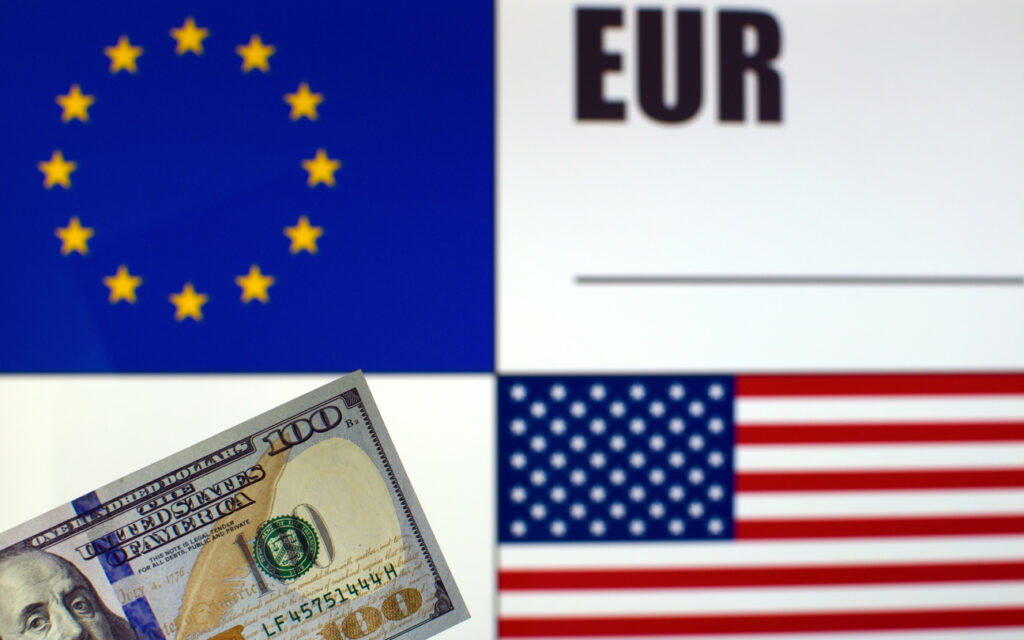
In the world of high-risk processing, there are different rules and regulations for credit card payments depending on the region. In this blog post, we’ll compare two specific regions – the European Union (EU) and the United States (US) – to better understand how they differ from each other with regard to high-risk processing.
EU Credit Card Processing
In the European Union, high-risk processing is regulated by Directive 2015/2366 of the EU Parliament and Council, which aims to increase consumer protection when using payment services. This directive requires merchant processors to obtain express consent from customers before transferring funds, along with full disclosure of applicable fees associated with a transaction. It also requires payment suppliers to adhere to strict rules regarding data security and customer privacy throughout the entire transaction process. Additionally, companies must inform customers if their data is shared with third-party providers or used outside the scope of a specific purchase request..
US Credit Card Processing
In contrast to its European counterpart, credit card processing in the US is governed by national regulations set by The Fair Credit Billing Act (FCBA), which protects consumers against fraudulent activities related to their credit cards. This act does not require merchants to obtain specific authorization for a sale before transferring funds but rather provides customers with additional rights if unhappy with an item purchased on a credit card once received. Additionally, companies must provide customers with information about their refund policy and abide by all applicable federal laws regarding refunds within certain timeframes.
Key Differences between EU & US Processing Services
Although both regions have similar guidelines for protecting consumers during credit card transactions, there are some key differences that exist between EU and US processing services. Most notably, customers in Europe have more options available to them such as being able use different payment methods such as Apple Pay or Google Wallet while those in America do not currently have access to these services yet. Additionally, businesses in America may be subject to more stringent regulations when dealing with sales made over state lines than those based in Europe..
Understanding the varying regulations of different countries can help business owners make informed decisions when it comes to selecting a payment processor that best fits their needs when engaging in high risk industries. Despite any potential costs or added complexity involved with implementing new procedures or technologies that may come up during setup stages and beyond, it pays off in terms of protecting your business from potential fraudulent activity as well as building trust among customers who want assurance that their personal data will be handled securely at all times during a transaction process.